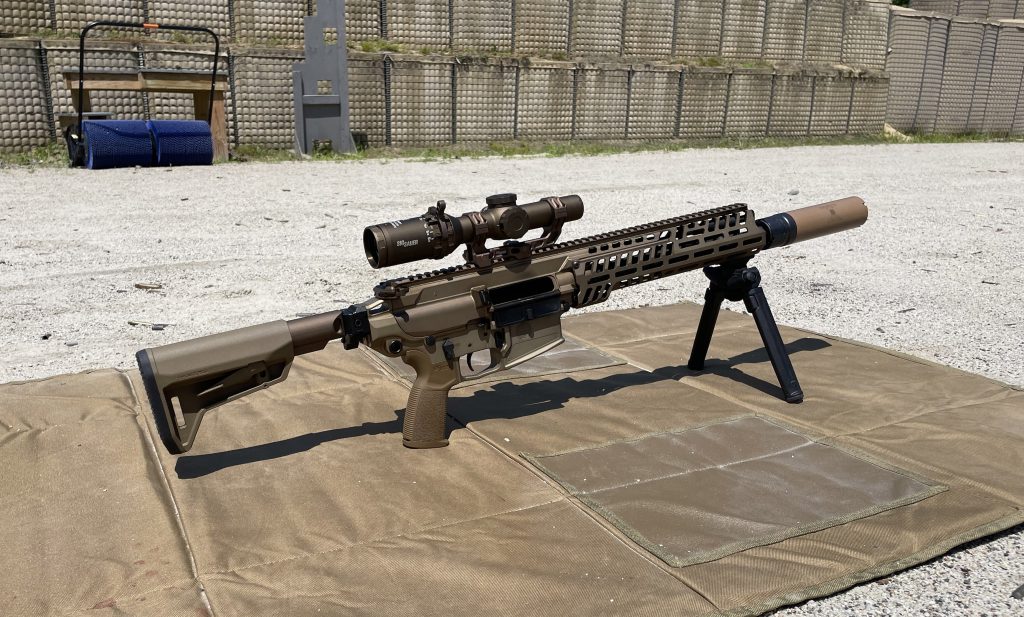
When the Army chose the SIG MCX SPEAR platform as the winner of its next generation squad weapon competition a couple of years ago, SIG had already introduced a .308 version of the rifle to the commercial market. But as time went by and more refinements were made to the XM7 version of the military’s rifle chambered in 6.8×51 (277 FURY), SIG has cross-pollinated many of those improvements to the commercial MCX SPEAR line.
Last month at an industry and media event in New Hampshire, SIG gave us a peak at two new upgraded MCX SPEAR models that are now chambered in 6.8×51 for the civilian market. Both are fully ambidextrous with one having an NFA-compliant 16-inch barrel and the other a 13-inch barrel that’s more like the SBR version carbine the military is deploying (to good reviews so far).
As for the XM7 -> SPEAR upgrades that have been made, the commercially available MCX SPEAR has lost the forward assist that was on the original .308 version. That a feature that — let’s face it — few people ever make use of. SIG has also beefed up the SPEAR’s non-reciprocating charging handle, moving from an aluminum handle to one made of steel with a polymer overmold. That significantly improves the handle’s strength. The ergonomics of the rifle’s M-LOG handguard have also been tweaked.
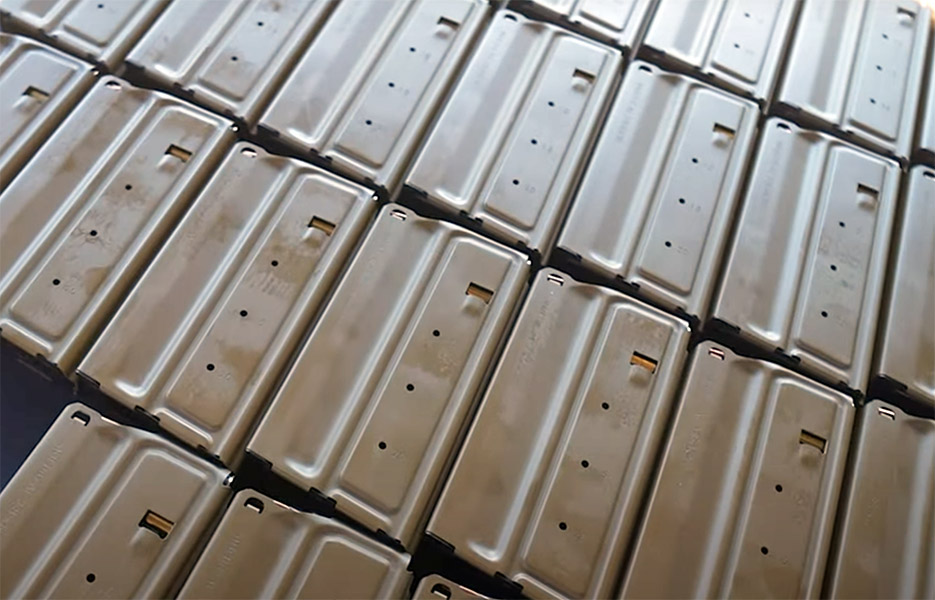
The last big change is SIG has designed and is now producing their own magazines for the SPEAR in New Hampshire. They’d outsourced the original polymer SPEAR magazines, but these are made of steel and are AR-10 compatible, so in addition to feeding your MCX SPEAR, you’ll also be able to use them in any AR-10 rifle you already own.
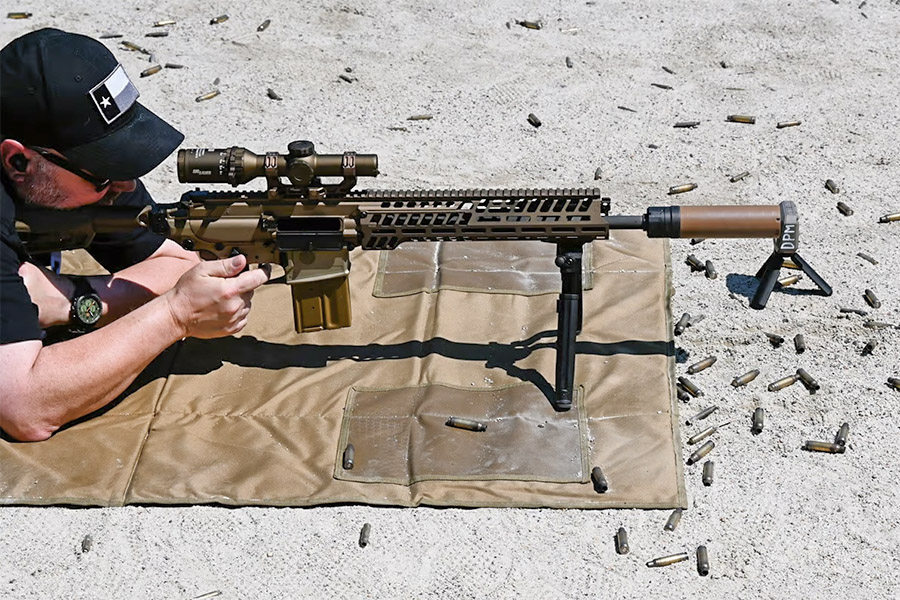
In short, this new SPEAR is the closest thing to the NGSW military gun that’s available to civilians. Look for both versions to be priced between $4,000 to $4,500 retail…if you can find them.
I got a chance to put some rounds down range with the 16-inch version of the MCX-SPEAR to see what 6.8×51 would do. Keep in mind, though, that shooting .308 or 6.5 Creedmoor from the same rifle is just a barrel swap away.
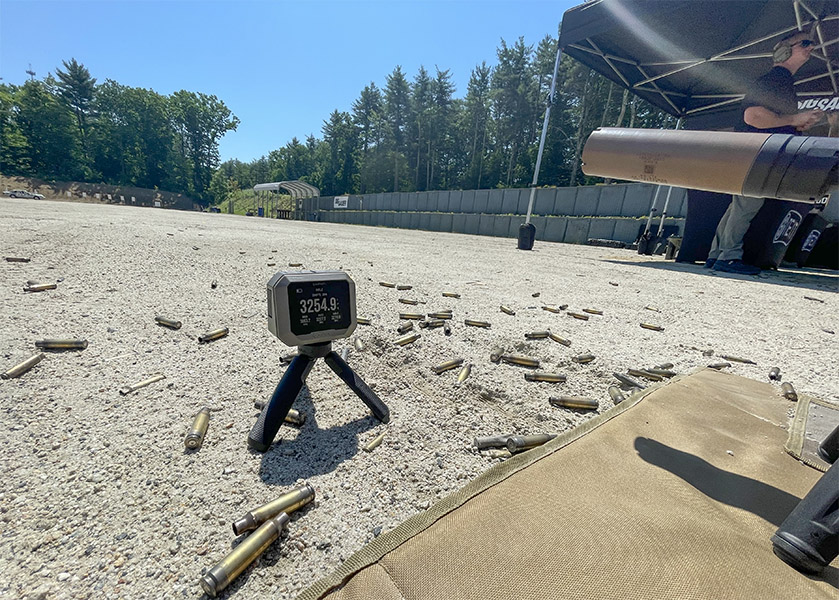
The army chose the 6.8×51 common cartridge (AKA 277 SIG FURY) for obvious reasons. For a long time they’d wanted a platform that shoots a bigger, heavier bullet that hits harder and is more effective at longer distances than the 5.56 rounds launched from M4s. The solution they chose is 6.8×51.
The 6.8 round makes up for the extra three pounds the SPEAR weighs over the typical M4 with a significantly longer effective range and much more penetrating power. If you’re wondering why, take a look at that chronograph reading above after the last 113 grain round I shot from a 16-inch SPEAR.
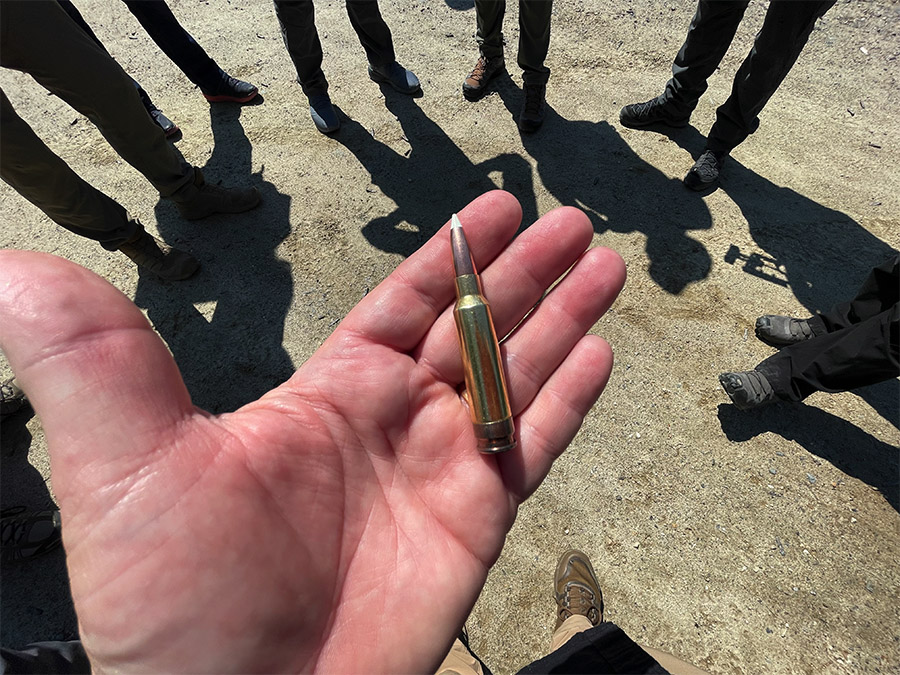
SIG’s 6.8×51 round is a unique “hybrid” design. Rather than the usual case and primer, SIG needed a design that would stand up to the ultra-high pressures needed to meet the Army’s specs, launching the 6.8 round at over 3,000 fps from a cartridge the size of a standard .308. A garden variety two-piece brass case can’t handle pressures as high as the 80,000 psi that are needed. Hence the three-piece design SIG came up with using a brass body and a steel case head to hold the primer that can stand up to those high pressures.
While the XM7 may weigh more than the M4 (though it’s more fair to compare it to the weight of an AR10), the 6.8×51 cartridge allows for newer, lighter and more effective weapons like the XM250 light machine gun that’s set to replace the M249 SAW. The XM250 weighs about four pounds less than the SAW while firing a much more effective round.
The XM7 rifles — and these two new MCX-SPEAR commercial models — extend effective range well beyond 1000 yards with excellent ballistic performance. The typical M4’s range was generally limited to about 600 yards.
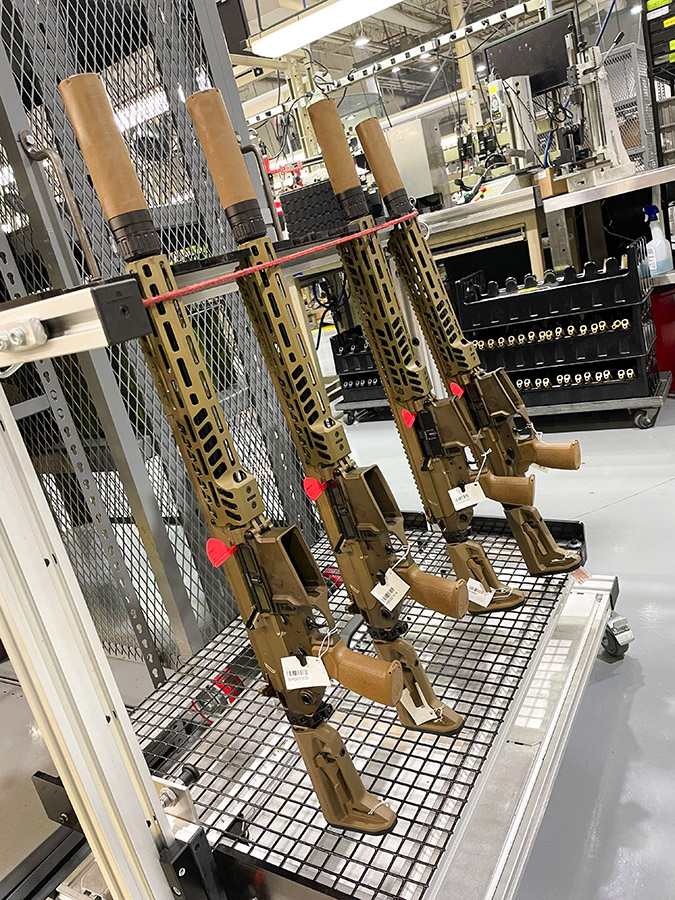
In addition to the 277 Fury rounds SIG has been producing, they introduced two new match grade 277 loads last week…a new hybrid match load and one with a hybrid bonded polymer tip bullet. The company also announced that they’re now selling military overrun all-copper ball rounds in ammo cans and cases at, you have to assume, will be a significantly lower cost per round.
Be aware though, that SIG’s 277 Fury match ammo runs in the $4 to $4.50 per round range. Look for the bulk ball loads to reside somewhere in the still ritzy $2.50 per round neighborhood.

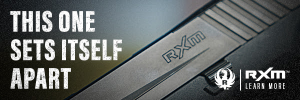
Will be very interested to see how these fare with the run of the mill plates of various levels many use for testing.